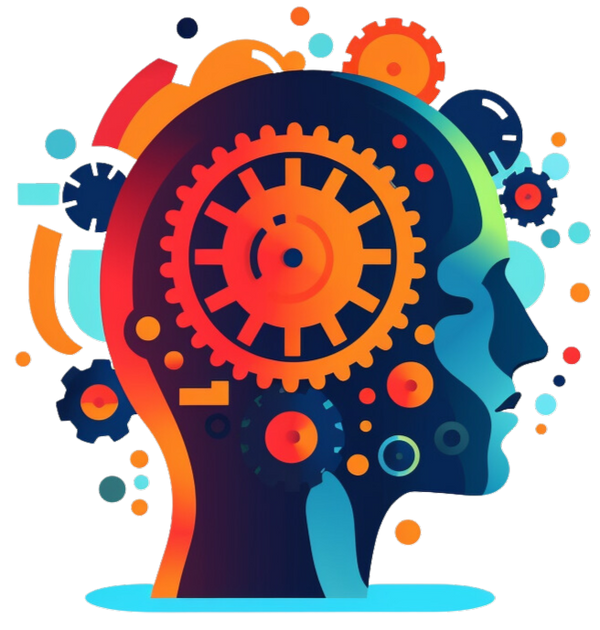
ADHD in girls and women
Share
Boys romping about wildly are almost symbolic of ADHD. But ADHD also affects girls and women. The effects are just as far-reaching – and can complicate social, academic, and professional life.
ADHD women: Rather "under the radar"
Although ADHD occurs in both sexes, the symptoms and effects often differ between men and women. Men with ADHD are more likely to be hyperactive and impulsive, while women are more likely to struggle with inattention and inner restlessness. This "quieter manifestation" is often misunderstood and misinterpreted as daydreaming, forgetfulness, diva-like behavior, or laziness. This, in turn, leads to a significant number of girls and women going undiagnosed and untreated . According to recent studies, approximately 5 to 6% of children and adolescents in German-speaking countries are affected by ADHD, with the diagnosis being made up to four times more often in boys than in girls.
"A good [...] has everything under control"
Women with ADHD also face high socially internalized expectations. After all, they have to perfectly juggle multiple roles—as mother, partner, and professional—and misinterpreting symptoms as character weakness or incompetence can severely impact self-esteem. Added to this are the hormonal fluctuations that women experience —from monthly cycle changes to pregnancy and menopause.
The intense pressure to maintain a facade of "having it all together" can significantly increase the stress of dealing with ADHD symptoms—and often leads to the development of secondary mental health issues, such as anxiety and depression. Some women with ADHD also use hyperorganization, "people-pleasing," or perfectionism as methods to compensate for their perceived symptoms. However, these compensations often only mask underlying struggles, delay diagnosis, and contribute to a prolonged suffering.
ADHD in women: Holistic therapy
Holistic ADHD therapy offers a comprehensive approach to treating ADHD in women that goes far beyond medication alone. It considers the physical, emotional, social, and spiritual aspects of a woman's health to provide comprehensive and individualized treatment.
Diet and physical activity play a crucial role in holistic therapy. A balanced diet and regular exercise can help alleviate ADHD symptoms. For example, some women with ADHD may find that certain foods worsen their ADHD symptoms, while others help reduce them.
Emotional health is another important aspect. Many women with ADHD suffer from comorbidities such as anxiety and depression, which also require treatment. Cognitive behavioral therapy, mindfulness, and stress management can help women cope with their emotional challenges.
Socially, building support networks is ideal for reducing the misunderstanding, stress, and isolation often experienced by women with ADHD. This could include support groups, therapy groups, or online communities.
Finally, spiritual health can be improved through practices such as breathing exercises, meditation, and yoga. At their best, they contribute to finding a deeper connection with one's self—but they also help simply by leading to a greater sense of body awareness. Because—and this is where ADHD women and men are "in the same boat": good body awareness calms the restless ADHD mind like nothing else.
